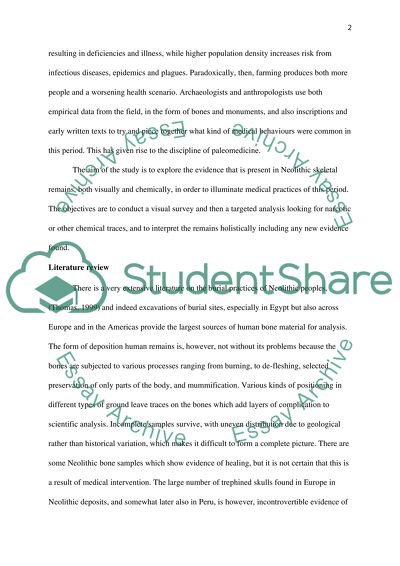Cite this document
(“Early Medical Practices in the Neolithic Period Research Proposal”, n.d.)
Early Medical Practices in the Neolithic Period Research Proposal. Retrieved from https://studentshare.org/anthropology/1443432-early-medical-practices-in-the-neolithic-period
Early Medical Practices in the Neolithic Period Research Proposal. Retrieved from https://studentshare.org/anthropology/1443432-early-medical-practices-in-the-neolithic-period
(Early Medical Practices in the Neolithic Period Research Proposal)
Early Medical Practices in the Neolithic Period Research Proposal. https://studentshare.org/anthropology/1443432-early-medical-practices-in-the-neolithic-period.
Early Medical Practices in the Neolithic Period Research Proposal. https://studentshare.org/anthropology/1443432-early-medical-practices-in-the-neolithic-period.
“Early Medical Practices in the Neolithic Period Research Proposal”, n.d. https://studentshare.org/anthropology/1443432-early-medical-practices-in-the-neolithic-period.


